
Haraway, professora difratora
Here’s an example that came out of teaching that shows some of the ways I like to work. A few years ago in my “Science and Politics” class, there was this really smart, savvy, politically engaged under graduate who was a midwife here in Santa Cruz. She was part of the home birth movement and very opposed to medically mediated child birth […] and wore diaper pins on her hat as a symbol of natural child birth. She saw the diaper pin as a non-medical object, an object from daily use that signified women’s relationship to their babies that was unmediated by the ultrasound machine, the speculum.
[…]
So we took the pin back in terms of the history of the plastics industry, the steel industry, and the history of the progressive regulation of safety. And pretty soon we saw how the safety pin was immersed in all these state regulatory apparatuses, and the history of the major industries within capital formation and so on. I hadn’t removed it from the context in which she was wearing it, but merely diffracted it, so to speak, to show that it has many more meanings and contexts to it and that once you’ve noted them you can’t just drop them. You have to register the “interference.” So I feel like that is the way I work, and the way I enjoy working. It’s simply to make visible all those things that have been lost in an object; not in order to make the other meanings disappear, but rather to make it impossible for the bottom line to be one single statement. (Haraway 2000:104-5)
HARAWAY, Donna 2000. How like a leaf: an interview with Thyrza Nichols Goodeve. New York: Routledge.
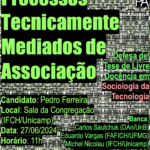
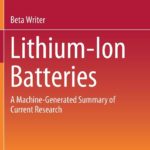
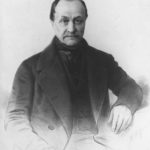
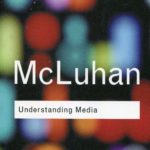
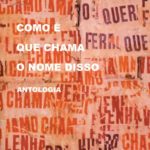
 O LaSPA é sediado no Instituto de Filosofia e Ciências Humanas (
O LaSPA é sediado no Instituto de Filosofia e Ciências Humanas (